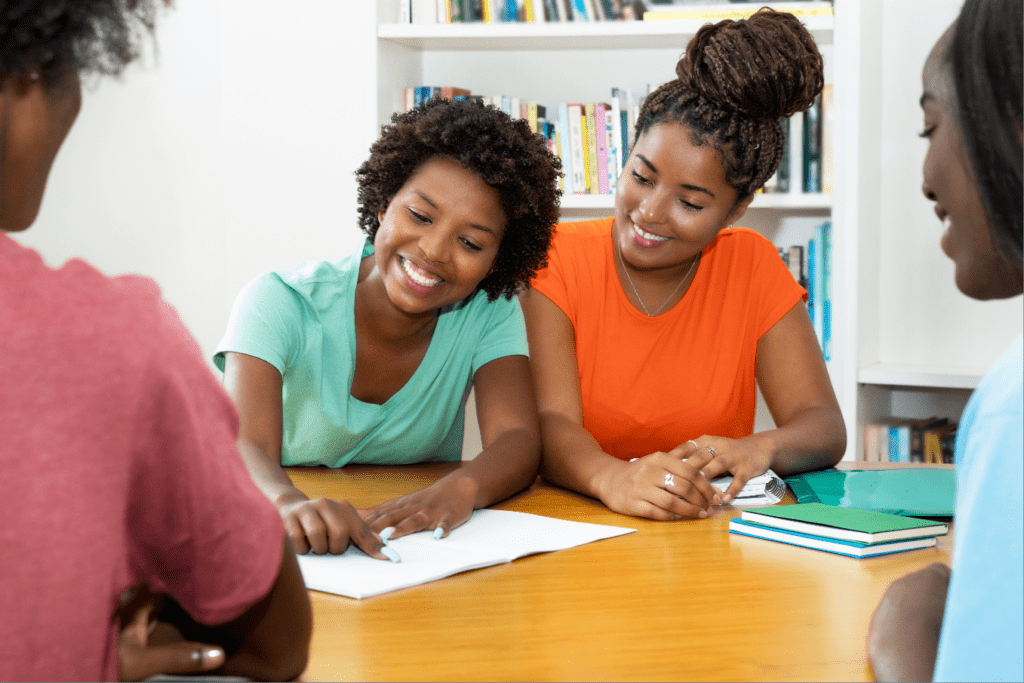Reflection is a crucial aspect of the learning process. It allows students to consider what they have learned, how they have learned it, and how they can apply this knowledge moving forward. This article provides strategies for teachers to promote reflection in their classrooms.
Understanding the Value of Reflection
Reflection in learning involves thinking about the learning process, examining one’s understanding, and considering how to improve future learning. It promotes self-awareness, critical thinking, and ownership of learning. Here are some benefits of reflective learning:
- Deepens Understanding: When students reflect on what they’ve learned, they can deepen their comprehension and make connections between different concepts.
- Develops Metacognitive Skills: Reflection helps students develop metacognitive skills—thinking about their thinking—which can enhance their ability to learn independently.
- Fosters Self-Assessment: Through reflection, students can assess their strengths and identify areas for improvement.
- Supports Transfer of Learning: Reflecting on how learned concepts can be applied in different contexts promotes the transfer of learning.

Strategies to Encourage Reflection on Learning
1. Reflective Journals
Encourage students to keep a journal where they record their thoughts, questions, insights, and uncertainties after each lesson. This practice can help them monitor their understanding and track their learning progress over time.
2. Exit Tickets
At the end of a lesson, ask students to write down what they learned, questions they still have, or how they can apply their new knowledge. These “exit tickets” can provide valuable insights into students’ understanding and promote reflection.
3. Group Discussions
Facilitate discussions where students share their thoughts about what they’ve learned and how they’ve learned it. Hearing different perspectives can stimulate deeper reflection and understanding.
4. Self-Assessment Rubrics
Provide students with rubrics to assess their own work. This can help them reflect on their performance and identify areas for improvement.
5. Reflective Prompts
Use prompts to guide students’ reflection. For example, ask them to think about the most challenging part of a lesson, how they overcame difficulties, or what strategies they found most effective for learning.
6. Portfolios
Encourage students to compile portfolios of their work. Reviewing a portfolio can help students see their growth over time and reflect on the progress they’ve made.
Conclusion
Encouraging reflection is a powerful way to deepen learning and develop independent, self-aware learners. By implementing the strategies outlined above, teachers can promote a culture of reflection in their classrooms that enhances students’ understanding and empowers them to take charge of their learning journey.





